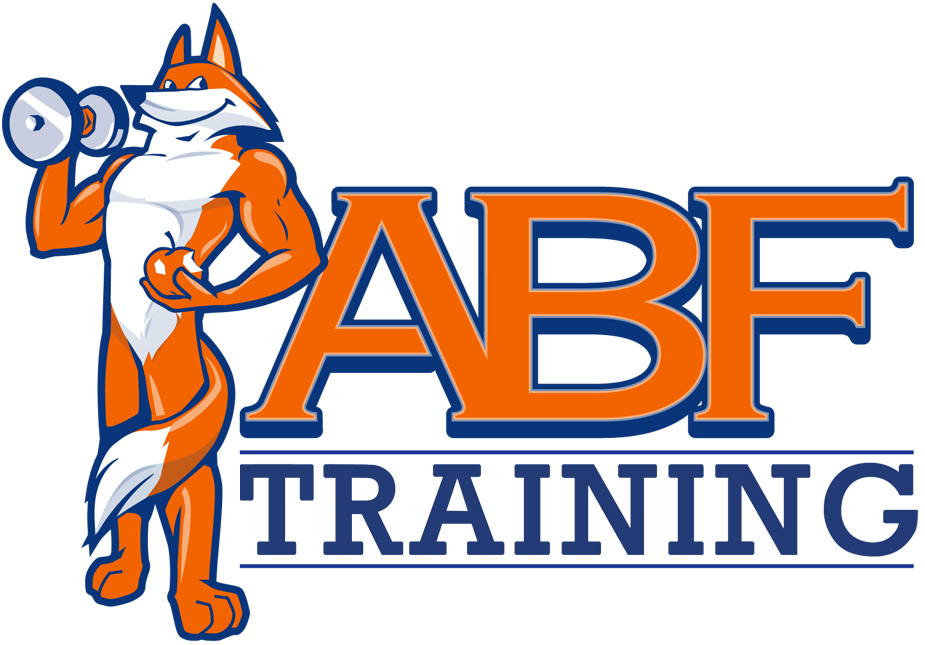Listen & Observe: The Most Important 10 Minutes For A Coach
/One of the most asked questions that I receive from coaches is “how do I know when to push and when not to push our athletes?” My answer has always been simple: “ask and listen.” We have all been there before as coaches and parents. You have your game plan for the training session (or practice) and 2 minutes into it you start to question if your athlete/kid/team can even complete it or they finish the conditioning and you barely see that they have broken a sweat. If you know exactly what I am talking about, then you're ahead of the game! You are in tune with your athletes and that is key to understanding how to access your kid/athlete/team’s energy each day.
The most important part of a training session (or practice) is the 5 minutes prior up to 5 minutes after the start. That 10-minute window is vital for coaches to adjust on the fly their intensity and overall plan for that day. No plan should ever be set in stone. The same goes for training (or practice) plans. It is important to remember that we are dealing with human beings. We are dealing with kids. During this 10 minute window, this is where you ask questions, observe your athletes and complete an overall review of your plan for that hour (or day.)
Ask Questions.
As our athletes start to roll into the gym for a pre-workout foam roll session or just mentally prepare themselves for the workout, we would start asking them questions. Pretty much any question that can help me gauge where they are mentally and physically. These questions, and most importantly their answers, whether verbal or physical are key to evaluating the athletes prior to training.
How are you doing today?
This helps give me an idea of what mood they are in, are eager to go or somewhat tired.
What did you guys do last night?
Did they stay up late last night? Did they attend a football game out of town and have a long drive and/or late night? Did they go to bed early?
How was your weekend?
Did they go out of town? Did they lounge all weekend? Did they work all weekend?
How was school?
Do they have a big project coming up or are they preparing for finals?
Observe.
If you were unable to get a clear picture of where they are mentally and physically during the preworkout roll session, utilize the first 5 minutes of the warmup to gauge their energy levels. This is prime time to truly see where they are today. Are they stressed? Are they tired? Are they ready to go? Are they moving slow or do they have a hop in their step? Observing your athletes is the most important portion during this 10 minute window. While you ask those questions above, observe their responses. People will tell you how they are feeling, you just have to listen and watch. Below are some ideas on how we adjust on the fly from the various responses we see.
They seem stressed.
Most of the time we try to allow them to express themselves and release whatever stress they are carrying. However, this doesn’t always work and is very dependent on the athlete and your relationship with them.
If they won’t talk about it, we try to input some jokes or get the “funny one” of the group going to lighten the mood.
Redirect it to the workout. Many of our athletes, if stressed, were extremely focused on getting the best workout they could possibly get because to them, this is something that they can control.
Be supportive and flexible.
They are moving slow...extra slow.
Challenge them with some other type of warmup movements to get their blood pumping. Examples are:
Jump rope, quick hops for “x” seconds, jumping jacks or even go outside and do a 5 minute walk around the building.
Re-organize your routine for the day and slowly build them up over maybe a longer period of time than you initially had planned.
Change to a deload day.
They have a hop in their step.
Run with it!!! These are the days that come few and far between. But when we see that the athletes are just extra pumped we go off the plan and add some sprints or increase their overall working weight for that session.
Action Plan:
The next time you have your athletes together for a workout (or practice) start playing around with the questions you ask as they enter the gym or locker room. Start gauging their energy and soon you will know who to ask and what to ask to get a better overall picture of how to attack that day's session.
Don’t be afraid to go off the plan. This is okay. This is actually great. This is what we truly call auto-regulation. If you pay attention and listen, you won’t need a fancy app to tell you how much intensity is needed or what program you should follow that day. Trust your gut. Trust your relationship with your kids to guide you to making the best decision for them that day.




